Asia in Focus
Japanese anti-aging hair care category sees major innovations
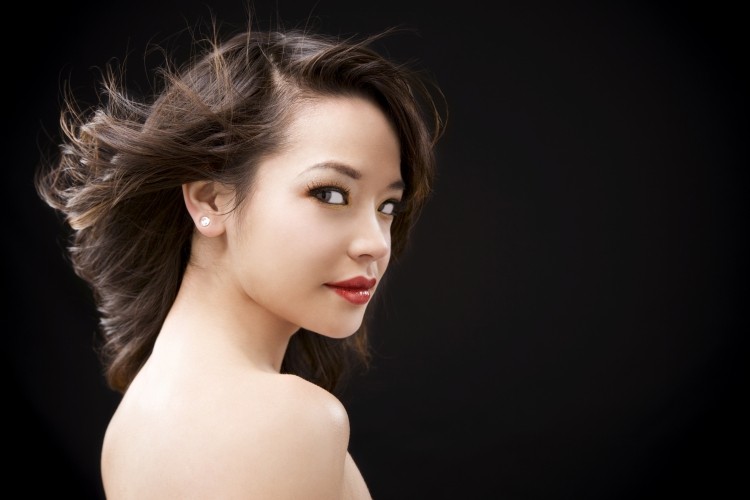
This is the fourth edition of ‘Asia in Focus’: a series that hones in on segments offering the most opportunities for the industry right now; how best to enter these markets; and specific consumer trends and behavioural pattern breakdowns, from our experts on the ground, in the region, now.
This month CosmeticsDesign-Asia.com is focusing on Japan's hair care market where our expert, Florence Bernardin, having just returned from her most recent trip there, reports the rise of the hair care segment and the innovations that are driving it, as consumer priorities shift.
In a country where daily shampoo and conditioner are the daily rules, Bernardin says new product textures, concepts and formulas are to be watched very carefully. Up and coming trends, she says will be focusing on shorter steps for higher benefits but also new textures promoted by carbonic acid based formulas.
Market breakdown
The AP expert breaks down consumer demand within the segment as; 58% for damage care, 17% scalp care, 12.1% on natural related products, and 7.1 % on 'aging care'.
Damage care is especially popular amongst the younger generation, particularly in their 20’s to 30’s whilst scalp and anti-aging care are the fastest growing segments with middle aged consumers.
"Kao Corporation, P&G, Unilever and Shiseido are still the leaders of the market, dividing sales between toiletries (70%) and cosmetics products from masstige (30%)," Bernardin tells this publication.
And adds that there are currently several brands reflecting how large and sophisticated these products can be within these categories...
Brands leading the way in innovation..
“Reveur” from the Japanese Gateway company has been particularly successful on this segment. The company develops hair and skin care products and has seen success since the launch of this product back in 2010, based on its 'non silicon' promise.
The brand reckons silicon clogs up the scalp's pores and prevents other extracts from penetrating the hair to get to the roots. As a result the hair becomes dry and frizzy.
"Silicon free shampoo can work with creating a good condition on scalp and hair. Therefore non-silicon is a necessary part for a healthy scalp," Bernardin reckons, after seeing just how popular this product was whilst visiting the country.
More brands are starting investing in this area, and are even incorporating beauty devices like Panasonic Japan which has the longest product history on the market when it comes to treating men hair loss.
Shiseido, in its very famous product line called Tsubaki (as the name of Camelia Oil in Japanese to be considered as the traditional oldest hair care product ) , among the so called gold ranges segment Golden Tsubaki Head Spa ( Silicon free) has released a special shampoo. The product is dedicated to wash out dead cells on scalp and while keeping the scalp moisture.
Florence Bernardin is the CEO of 'Information & Inspiration', an agency that specialises in all that is the cosmetics industry in Asia, and will be back on the region next month reporting on what matters.
If you would like to see our expert look into specific topics on their next trip, please contact us via the editor button below for consideration.
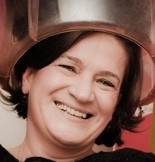
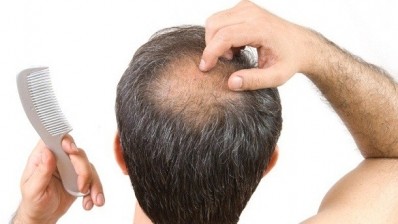

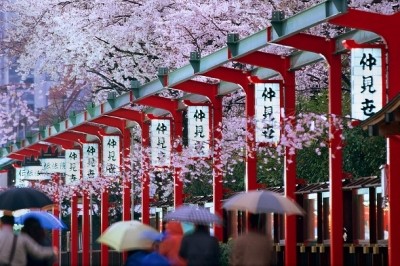
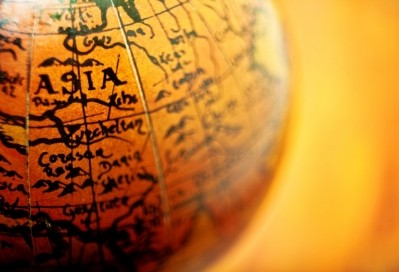

![HairRevive [MM+Zn], a powerful solution combating hair aging thanks to Musk Mallow and Zinc](/var/wrbm_gb_food_pharma/storage/images/_aliases/news_teaser/publications/cosmetics/cosmeticsdesign-asia.com/product-innovations/hairrevive-mm-zn-a-powerful-solution-combating-hair-aging-thanks-to-musk-mallow-and-zinc/16555616-1-eng-GB/HairRevive-MM-Zn-a-powerful-solution-combating-hair-aging-thanks-to-Musk-Mallow-and-Zinc.jpg)

![[Getty Images]](/var/wrbm_gb_food_pharma/storage/images/_aliases/wrbm_tiny/publications/cosmetics/cosmeticsdesign-asia.com/china/china-focus-latest-developments-in-china-s-booming-beauty-market22/17370102-1-eng-GB/China-focus-Latest-developments-in-China-s-booming-beauty-market.jpg)
![YSL's LoveShine launch has sparked a demand surge in Japan. [YSL]](/var/wrbm_gb_food_pharma/storage/images/_aliases/wrbm_tiny/publications/cosmetics/cosmeticsdesign-asia.com/article/2024/04/24/ysl-loveshine-launch-propels-lip-gloss-sales-to-record-highs-in-japan-since-2020/17372064-1-eng-GB/YSL-LoveShine-launch-propels-lip-gloss-sales-to-record-highs-in-Japan-since-2020.jpg)
![There is significant scope for innovation and new launches in the hair repair sector, especially in soaring markets such as China. [Getty Images]](/var/wrbm_gb_food_pharma/storage/images/_aliases/wrbm_tiny/publications/cosmetics/cosmeticsdesign-asia.com/article/2024/04/24/croda-zeroes-in-on-hair-repair-solutions-as-damage-hair-concerns-surge-in-markets-like-china/17362731-1-eng-GB/Croda-zeroes-in-on-hair-repair-solutions-as-damage-hair-concerns-surge-in-markets-like-China.jpg)



![Lubrizol has extended its partnership with C-beauty major PROYA. [PROYA]](/var/wrbm_gb_food_pharma/storage/images/_aliases/wrbm_tiny/publications/cosmetics/cosmeticsdesign-asia.com/headlines/brand-innovation/lubrizol-bullish-on-potential-of-c-beauty-growth-potential/17362515-1-eng-GB/Lubrizol-bullish-on-potential-of-C-beauty-growth-potential.jpg)



